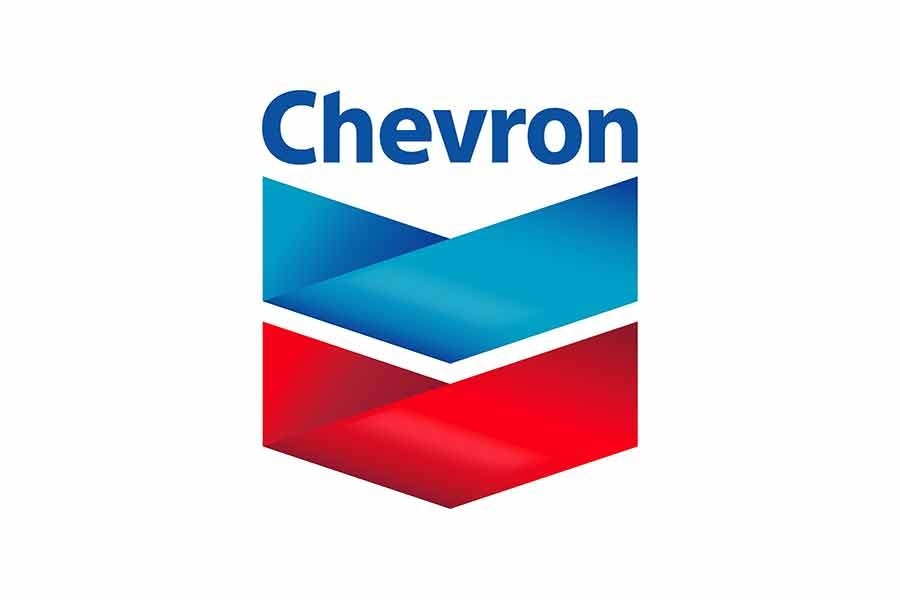US oil major Chevron resumes gas supply from its damaged well in Bibiyana hydrocarbon hub, ramping up overall output of the much-needed fuel in Bangladesh.
The damaged onshore gas well in Bibiyana, located in Bangladesh's gas-rich northeastern region, is currently producing around 30 million cubic feet per day (mmcfd) of natural gas, less than half of its 70mmcfd capacity, a senior Petrobangla official told the FE Thursday.
With the resumption of gas production from there, Bibiyana's overall output stood at around 1,229mmcfd, as on April 27, according to Petrobangla.
The well was damaged as sand started flowing out with natural gas due to "production anomalies", which forced Chevron Bangladesh to shut this well along with five other onshore gas wells in the Bibiyana gas field on April 3.
Output from the Chevron-operated Bibiyana field had then dropped by around one-third to around 800mmcfd from around 1,275mmcfed.
The abrupt fall in gas supply from Bangladesh's largest producing gas field had triggered countrywide gas crisis that affected most gas-guzzling industries, power plants and household consumers.
Although five gas wells came online within four days on April 7, the state-run Petrobangla had to impose a 10-day gas rationing between April 12 and April 21 to local industries for the first time. It had asked industrial consumers not to consume natural gas four hours daily to tide over the acute energy shortage.
A six-hour gas rationing to CNG filling stations from 5pm to 11pm local time daily is still in place.
To meet its needs, Petrobangla has also increased LNG imports from global spot market, where the current price is hovering around US$35 per million British thermal unit (MMBtu).
Bibiyana dominates Bangladesh's gas supply with a total of 26 producing wells in the fossil-fuel hub and accounts for over half the total output from domestic gas fields.
Bangladesh's overall natural gas supply hovers around 3,100mmcfd with re-gasified LNG contributing around 800mmcfd, and the rest is output from domestic gas fields including Bibiyana.
A couple of months before the incident, Chevron had changed tubes in those six producing gas wells to increase gas output, a senior energy ministry official said.
Change of tube in gas wells means replacing previous tubes with new ones having bigger radius.
Before change of the tube, Bibiyana used to supply around 1,145mmcfd gas into the national grid, which increased to around 1,275mmcfd on completion of the tube-replacement work.
Chevron Bangladesh is currently the largest producer of natural gas in the country with output from three of its onshore fields-Bibiyana, Jalalabad and Moulavi Bazar. The fields are located in blocks 12, 13 and 14 respectively.
Chevron signed PSC in November 2004 with Bangladesh's state energy agency Petrobangla and the government to explore gas in Bibiyana field.
The international oil company started supplying natural gas commercially from Bibiyana in March 2007 with an initial production capacity of 250mmcfd after an initial investment of $200 million, Chevron Bangladesh had disclosed then. The firm's output was increased to around 900mmcfd in October 2014 and raised further to around 1,200mmcfd from March 2015.
Discovered in 1998, the Bibiyana field was initially estimated to have 2.40 trillion cubic feet (Tcf) of proven recoverable gas. But follow-up studies and development of this field have confirmed that the field is much larger than the initial assessment. With the latest estimation of 2015 Bibiyana's reserves stand around 7.0Tcf.
Petrobangla has already extended the PSC tenure for Bibiyana field by five years with a provision of extending the deal by another five years to boost exploration. The tenure of the Block 12 (Bibiyana) is expected to expire in 2034.


